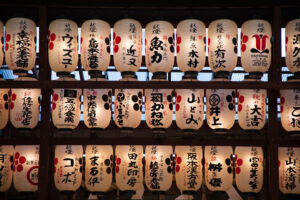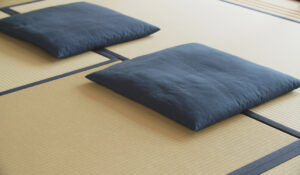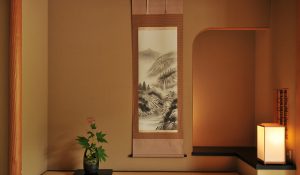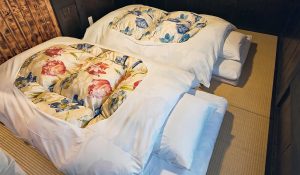
- Published: July 16, 2025 1:53 PM (JST)
Beginner Bonsai Starter Kit: Where to Buy, Pros, Cons, and Expert Tips from Japan
JapanGoodsHub is your trusted gateway to authentic Japanese products, including kitchenware, otaku collectibles, and traditional crafts.
We carefully select and recommend products with your convenience and interests in mind.
Product Guide Categories
Keyword Search
As someone born and raised in Tokyo, I've always admired how bonsai captures the essence of Japanese patience and artistry. It’s no wonder that the humble beginner bonsai starter kit has blossomed into a global favorite. People everywhere want to bring a touch of tranquil Japanese beauty into their homes, and buying directly from Japan ensures authenticity. This guide draws on real experiences from enthusiasts worldwide to help you get started.
Where to Buy
Amazon.com
Amazon.com offers a wide range of bonsai starter kits, from simple seed packs to complete sets with tools and pots. It’s an easy option if you’re looking for quick delivery and plenty of customer reviews to guide your choice.
eBay
If you're hoping to find used tools, rare seeds, or even unique Japanese imports, eBay is worth exploring. Many enthusiasts score vintage pots and specialized cutters here at bargain prices.
ZenMarket
Want something straight from Japan? ZenMarket lets you purchase bonsai kits and tools from Japanese online stores, shipping them to your doorstep via proxy service. This is an excellent way to get authentic Japanese starter kits.
Want a step-by-step guide? Read our detailed article on how to use ZenMarket here.
Buyee
Similar to ZenMarket, Buyee helps you buy directly from Japanese marketplaces like Yahoo Auctions or Mercari. If you're seeking niche kits or rare pots, this could be your gateway to Japan’s bonsai world.
Need more help? Check out our complete guide on buying through Buyee here.
Pros
Here’s why enthusiasts love starting with these kits:
- Readily available on Amazon.com with quick shipping and thousands of helpful reviews.
- eBay offers a treasure trove of used or unique items you won’t find elsewhere.
- ZenMarket and Buyee open up Japan’s authentic bonsai market, giving you direct access to traditional products.
- Users often mention how exciting it is to shape a tree over years, turning it slowly into a masterpiece—though it demands patience.
Cons
No guide would be honest without mentioning the challenges:
- Growing from seeds is a long journey. As one user pointed out, "bonsai practices usually only occur after many years of growing out the trunk."
- Starter kits may not include everything; you’ll likely buy tools separately based on your chosen tree species.
- Some people discover too late that certain trees, like pines, are tricky for beginners.
- Pots included in kits are sometimes small or low quality, prompting upgrades sooner than expected.
Tips for Buying and Maintaining
My best advice: start simple. Many beginners thrive by picking forgiving species like elm or ficus. If your kit comes with tiny pots, consider repotting into slightly larger ones after the first year. Also, invest in good tools piece by piece—your trees will reward you.
Most importantly, learn about your tree’s needs: its hardiness zone, pruning times, and how to avoid overwatering. Bonsai isn’t just a hobby—it’s a quiet dialogue with nature that unfolds over decades.
Conclusion
I encourage you to explore these buying options and start your bonsai journey with calm curiosity. Whether through a quick Amazon order or a carefully chosen Japanese import, each path holds the promise of future beauty.
Further Reading
written by
A Tokyo native with a lifelong passion for Japanese craftsmanship. Takeshi specializes in traditional knives, ceramics, and fine woodwork. His writing combines deep respect for artisans with detailed insights, making even casual readers appreciate the beauty behind every handcrafted piece.
More Articles in This Category

Japanese Paper Lanterns: How to Buy Authentic Styles from Japan
- Home & Lifestyle
- Japanese decor (ikebana, wall scrolls)

Where to Buy Authentic Tatami Cushions and Zabuton from Japan
- Home & Lifestyle
- Futon & tatami

Best Minimalist Incense Holders from Japan: Where to Buy & What to Know
- Home & Lifestyle
- Incense & kodo

Where to Buy Japanese Hanging Wall Scroll Art: A Guide by Takeshi Nakamura
- Home & Lifestyle
- Japanese decor (ikebana, wall scrolls)

Why Japanese Incense Sticks Have Captivated the World (and How to Choose Yours)
- Home & Lifestyle
- Incense & kodo

Where to Buy a Foldable Shikibuton Mattress: A Guide for Authentic Japanese Comfort
- Home & Lifestyle
- Futon & tatami